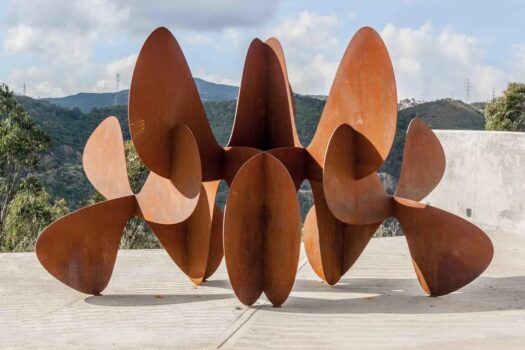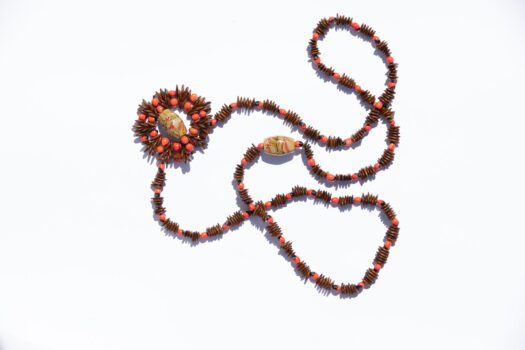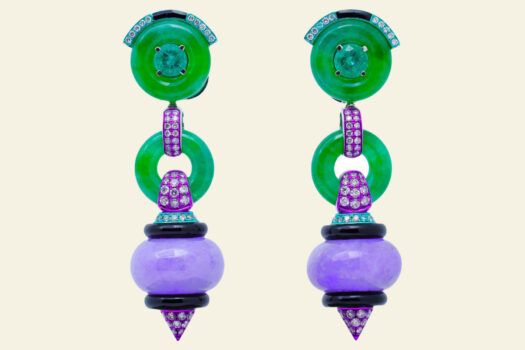
What makes a creative pioneer? In the case of Wendell Castle, the Kansas-born designer who has often been called the father of the art furniture movement, it was a daydreamer’s vision and the ability to actualize it.
Castle’s career began in the 1950s and continued through to the end of his life, in 2018. His ideas were blazingly original, performing a distinctive dance between the sculptural and the functional. The forms that whirled around his mind were whimsical and adventurous. The trick was developing the techniques to bring them into being.

Castle’s ingenuity and technical mastery are on full display in the 1995 starfish-shaped console table he called Voyage. The piece is a culmination of the explorations that fueled his work from the beginning.
Throughout his career, Castle looked to nature for formal inspiration as well as the materials to realize his ideas. His projects were made possible by the innovative use of stacked lamination, in which he fused multiple pieces of wood to create a larger, sculptable block.
Rather than allowing the wood’s natural qualities to lead the way, à la Sam Maloof, Castle defined the direction, embracing the potential to craft on a larger scale with greater creative latitude.

In Voyage, Castle applied this process to stellar effect. “The base was stack laminated and then shaped with a chainsaw prior to hand tooling and finishing,” explains Dina Alfano, owner of Satyricon Antiques, which is offering the piece on 1stDibs.
He made the base from jelutong and mahogany before treating it with a polychrome finish and adding a walnut tabletop. “While its simple, biomorphic top is classic Castle, its zoomorphic, almost ambulant base — with its surface finished in brightly colored and crackled lacquer — is a signature of his rogue postmodern period.”
Alfano notes that the signed and dated piece has broad appeal, attracting even those who find Castle’s works from that era difficult to approach: “Experimental without venturing too far out, it epitomizes Castle’s sense of wit and fantasy and, as always, his insistence on denying a practical distinction between art and design.”
In straddling that line, Voyage represents an intriguing piece of the story of the American studio craft movement. “Think of it,” Alfano says, “as a meticulously crafted object plucked from a genius’s fever dream.”






